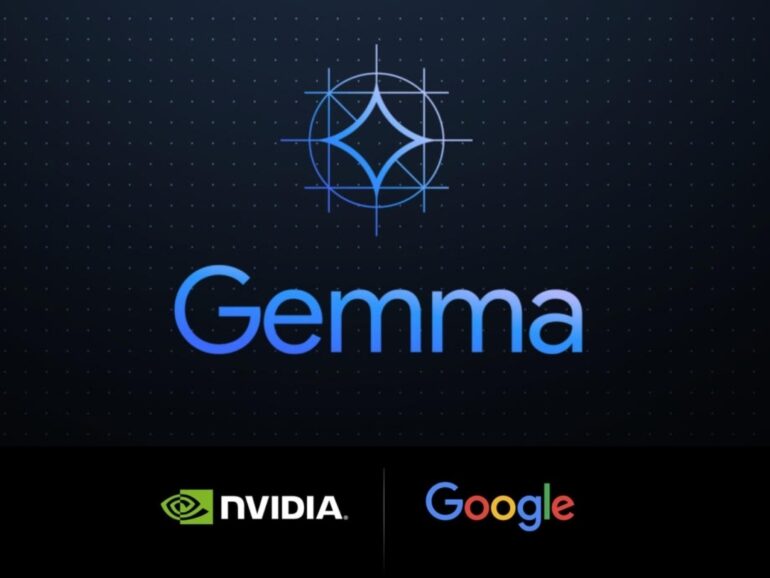TL;DR:
- Google teams up with NVIDIA to optimize Gemma, a lightweight language model, on NVIDIA GPUs.
- Gemma offers impressive capabilities with a smaller size compared to traditional large language models (LLMs).
- The collaboration aims to improve Gemma’s accessibility and performance across various platforms.
- Open-source initiatives target faster LLM inference on NVIDIA GPUs in data centers, cloud environments, and personal computers.
- NVIDIA’s AI Enterprise suite empowers developers to fine-tune and deploy Gemma for specific use cases.
- Users can interact with Gemma through NVIDIA’s AI Playground and upcoming Chat with RTX demo, enhancing personalized chatbot experiences.
- Microsoft’s shift away from NVIDIA GPUs contrasts with Google’s decision, potentially strengthening the partnership and driving AI and language modeling advancements.
- Emphasis on local processing through RTX GPUs enhances user control over data and privacy.
Main AI News:
In a strategic move, Google has partnered with NVIDIA to enhance the performance and accessibility of its latest lightweight language model, Gemma, leveraging the power of NVIDIA GPUs. This partnership comes in contrast to Microsoft’s recent pivot away from NVIDIA GPUs towards custom chips.
Gemma, developed by Google, stands out from traditional large language models (LLMs) due to its smaller size (available in 2 billion and 7 billion parameter versions) while still delivering impressive capabilities. By collaborating with NVIDIA, Google aims to optimize Gemma for faster and more efficient performance across a wide range of platforms.
The collaboration focuses on open-source initiatives to optimize LLM inference on NVIDIA GPUs, spanning data centers, cloud environments, and personal computers equipped with NVIDIA RTX GPUs. With a target audience of over 100 million NVIDIA RTX GPU users globally and cloud platforms featuring H100 and upcoming H200 GPUs, the impact of this optimization is expected to be significant.
NVIDIA’s AI Enterprise suite, which includes the NeMo framework and TensorRT-LLM, empowers developers to fine-tune and deploy Gemma for specific use cases, further enhancing its adaptability and effectiveness.
Furthermore, users can seamlessly interact with Gemma through NVIDIA’s AI Playground and upcoming Chat with RTX demo, enabling personalized chatbot experiences tailored to individual data sets.
As Microsoft distances itself from NVIDIA, Google’s decision to optimize Gemma on NVIDIA GPUs signals a strengthening of their partnership, poised to drive further advancements in AI and language modeling. This collaboration holds promise for developers and end-users alike, fostering innovation and improved user experiences.
Moreover, by emphasizing local processing through RTX GPUs, users gain greater control over their data and privacy, addressing potential concerns associated with cloud-based LLM services and enhancing trust in the technology.
Conclusion:
The collaboration between NVIDIA and Google to optimize Gemma on NVIDIA GPUs signifies a strategic alignment in the AI market, with potential implications for future advancements and market dynamics. This partnership not only enhances Gemma’s performance and accessibility but also underscores the importance of GPU optimization in driving innovation and addressing user concerns around data privacy. As competition intensifies in the AI space, alliances like this one are poised to shape the trajectory of the market, offering new opportunities for developers and users alike.

